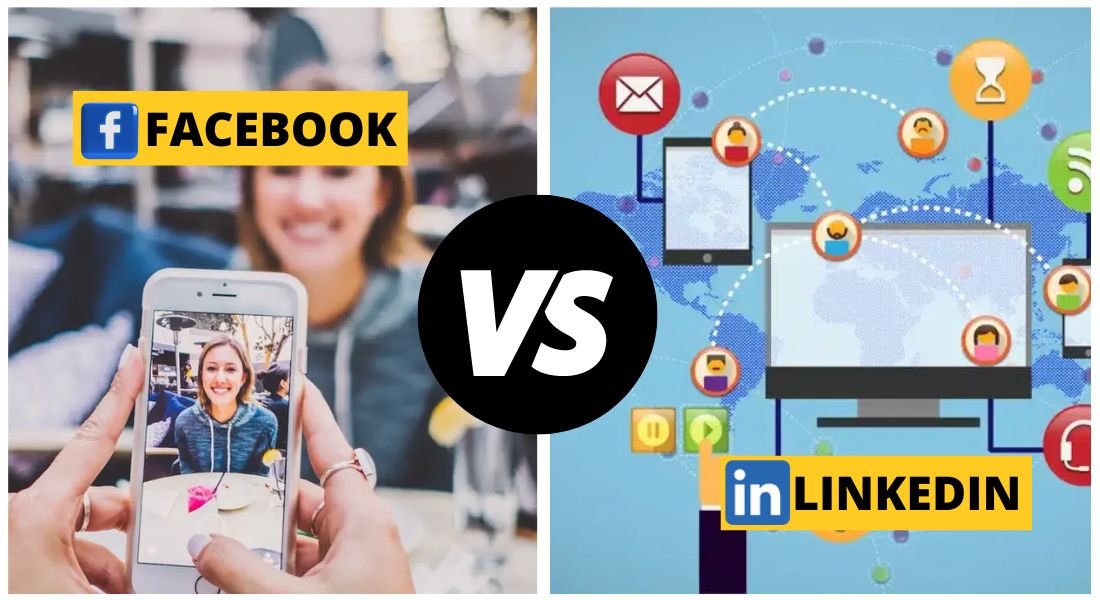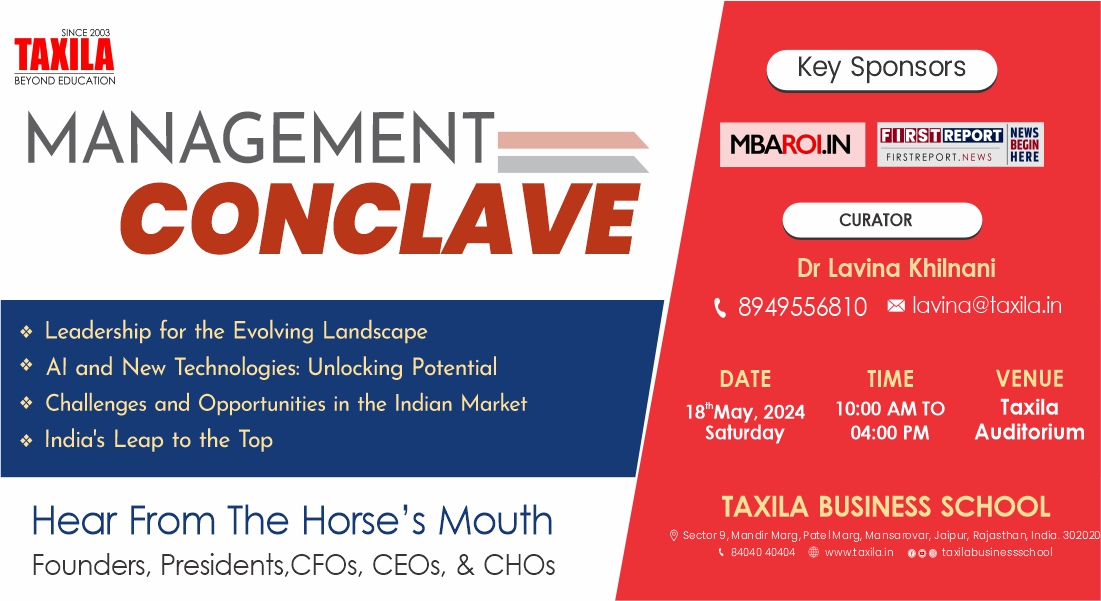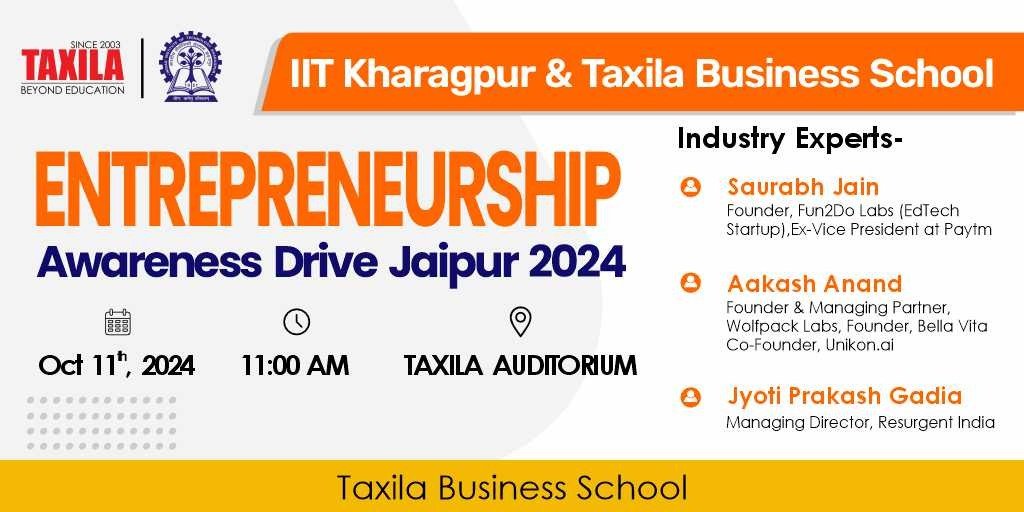Nowadays, with the rise of the digitalization of all things. More than 5 billion active social media users are present globally. Where platforms like Facebook and LinkedIn are essential for any business to establish a connection with their prospects and reach proximity to them. Out of all the alternatives, Facebook and LinkedIn are at the top in a position to edge it out. Both platforms (Facebook and LinkedIn)have different pros, but they are based on a wide range of audiences and targeted to solve distinctive problems.
Facebook is a social media platform that allows users to get in touch with other people online and make new friends and connections with anyone globally. By using this platform we are able to to share images, music, videos, and articles also allowing them to express their thoughts and opinions — from one person or group of people.
History of Facebook
- 2004: Mark Zuckerberg, Eduardo Saverin, Dustin Moskovitz, and Andrew McCollum created Thefacebook.com, initially limited to Harvard students.
- 2005: Thefacebook was made available to other Ivy League schools and Stanford
- 2006: The company renamed itself Facebook and opened the service to anyone 13 years of age or older with a valid e-mail address.
- 2007: March 9, 2007: Facebook’s first mobile app
- 2008: Facebook acquired a RETRO (more popularly) social networking site called FRIENDSTER.
- 2010: Facebook launches its first ad platform, allowing businesses to reach targeted audiences.
- 2012: Facebook goes public in one of the largest IPOs in history.
- 2014: Facebook acquires WhatsApp, a popular messaging app.
- 2016: Facebook acquires Instagram, a popular photo-sharing app.
- 2018: Facebook criticized for data privacy scandals including Cambridge Analytica
- 2020: Facebook calls its parent company Meta as it moves from being a social network to the metaverse.
- 2021: Facebook booms during the COVID-19 era when social media becomes a key communication channel.
- 2022: Facebook continues to evolve its platform, introducing new features and focusing on user privacy and safety.
- 2023: Decreasing user engagement and other social media increases competitive pressure on Facebook.
- 2024: Facebook responds to shifting trends, dealing with increased regulations and ethical dilemmas.
Also Read: Online Vs Offline Shopping
Pros of Facebook
| Feature | Details |
| Networking | Connect with friends, family, and colleagues. |
| Communication | Easily message and share updates. |
| Entertainment | Enjoy videos, photos, and articles. |
| Community | Join groups and forums with people who share your interests. |
| Business | Promote products and services, reach target audiences, and build brand awareness. |
| Education | Access educational resources, online courses, and live events. |
| News | Stay informed about current events and trending topics. |
| Gaming | Play games with friends and compete in online tournaments. |
| Events | Organize and attend social gatherings and events. |
| Marketplace | Buy and sell items locally or online. |
Also Read: Impact of Fast Fashion on the Environment
Cons of Facebook
| Feature | Details |
| Privacy | Risk of personal information being shared or misused. |
| Time-consuming | Can be addictive and consume a lot of time. |
| Cyberbullying | Users can experience harassment, threats, and online abuse. |
| Misinformation | Spread of false or misleading information. |
| Social comparison | Can lead to feelings of inadequacy or jealousy. |
| Distraction | Can hinder productivity and focus. |
| Algorithmic bias | May promote content that reinforces existing beliefs or biases. |
| Data collection | Facebook collects and analyzes user data for advertising purposes. |
| Mental health | Excessive use can contribute to anxiety, depression, and loneliness. |
| Addiction | Can become addictive and difficult to quit. |
Also Read: Social Media Spoil Chardham Yatra
LinkedIn is a professional networking and connecting platform in which one can connect with another with the same work domain person. It is a place where people and companies can create their professional profiles, share their experiences, and build relationships. Basically, it is a digital resume and networking forum for professionals. The LinkedIn platform helps you get a new job, connects you with future employers, and teaches new skills to even business opportunities.
Also Read: Peer Pressure— Pros and Cons
History of LinkedIn
- 2002: Reid Hoffman, Eric Ly, Reid Hoffman, Jan Koum, Allen Blue, and Konstantin Guericke found LinkedIn in Palo Alto, California.
- 2003: LinkedIn launches its first version (May 5, 2003), targeting professionals in technology industry
- 2004: LinkedIn expands its reach to include professionals from various industries.
- 2006: LinkedIn adds “groups,” enabling users to form communities with others who identify with their interests.
- 2007: LinkedIn launches its first mobile app.
- 2009: LinkedIn acquires SlideShare, a platform for sharing presentations and documents.
- 2011: LinkedIn goes public, raising $3.2 billion.
- 2012: LinkedIn brings out Pulse (originally a publication aggregating app that then also opened up to writing) articles.
- 2013: LinkedIn purchases Lynda. com, which is an online learning platform.
- 2016: LinkedIn buys BrightTalk, a webcast company
- 2016: Microsoft acquires LinkedIn for $26.2 billion (June 2016)
- 2018: LinkedIn launches a new feature called “LinkedIn Stories,” Inspired by Instagram Stories.
- 2020: As COVID-19 hits, many people are looking for new jobs and LinkedIn is experiencing massive growth.
- 2021: LinkedIn launches “LinkedIn Live,” a feature for live streaming videos.
- 2022: Platform evolution, feature, privacy, and safety changes
- 2023: LinkedIn has to compete with other platforms, especially for the younger demographic
- 2024: still changing with the times and keeping an eye on users’ preferences while still focusing primarily on networking and professional advancement.
Also Read: Love vs Arrange Marriage – Which One is Better?
Pros of LinkedIn
| Feature | Details |
| Professional Networking | Networking and Connect with professionals, employers, and clients. |
| Job Search | Search for Jobs Apply For Jobs. |
| Talent Acquisition | Hire Top Talent to Your Company |
| Industry Insights | Subscribe to Industry Insights & news—consumer trends, news, & analysis |
| Thought Leadership | Sharing knowledge and making a name for yourself |
| Learning and Development | More online retraining opportunities and certifications. |
| Business Development | Get leads, collaborate with partners, and build a network. |
| Alumni Networking | Stay in touch with classmates and ex-colleagues |
| Career Advice | Consult with seasoned professionals |
| Freelancing and Consulting | discover freelance projects and consulting engagements. |
Also Read: Work From Home vs Work From Office
Cons of LinkedIn
| Features | Details |
| Limited Reach | Not as good for broader reach as other social media channels |
| Time-Consuming | Building consistently a strong LinkedIn profile can be time-consuming. |
| Spam and Irrelevant Content | Product or Service: Users also see spam feeds and irrelevant content in their feeds. |
| Algorithmic Bias | The LinkedIn algorithm might prefer the content of some users or industries over others |
| Privacy Concerns | One common expectation is that users are worried about their personal information being leaked or used inappropriately. |
| Limited Engagement | Compared to other social media platforms, LinkedIn may have lower levels of engagement and interaction. |
| Professional Focus | Because of LinkedIn is more professional networking oriented, this may put off people looking for even a minor share in casual social connections. |
| Paid Features | LinkedIn premium features are paid for by subscription. |
| Job Scams | Job Scams / Fake Job Ads/Branch Placement ads |
| Limited Customization | As a social network, LinkedIn provides less customization than others. |
Also Read: Buy Now Pay Later 2024 – Pros and Cons
Comparison of LinkedIn and Facebook
| Features | ||
| Purpose | Professional Networking, Job Search, and Career Advancement | Social networking, connecting with friends and family, sharing personal updates |
| Audience | Freshers, Professionals, Businesses, and Recruiters | Anyone with any interest and background |
| Content | Professional and Industry news, job postings, career, updates | Personal photos, videos, status updates, memes, articles |
| Engagement | Comments, shares, likes, messages | Comments, likes, shares, reactions, messages |
| Paid Features | Premium subscriptions for additional features | Advertising for businesses paid promotions for personal posts |
| Privacy | More granular privacy controls for professional information | General privacy settings for personal information |
| User Interface | Clean and professional, focused on career-related content | Casual and social, with a variety of content types |
| Algorithm | Prioritizes professional content and connections | Prioritizes entertainment content from friends and family, as well as popular trends |
| Mobile App | Optimized for job searching and professional networking | Optimized for social interaction and entertainment |
| Monetization | Through premium subscriptions and advertising for businesses | Through advertising, paid promotions for personal posts, and virtual goods |
Also Read: Positive and Negative Impacts of Technology
Facebook and LinkedIn both platforms are entirely different. Facebook is for casual social interaction, and LinkedIn is for professional networking and career advancement. Depending on your goals, whether you are simply looking to keep in touch with friends or wish to take it more seriously and use as a career-advancing tool.
Also Read: Moonlighting in India: Pros and Cons




